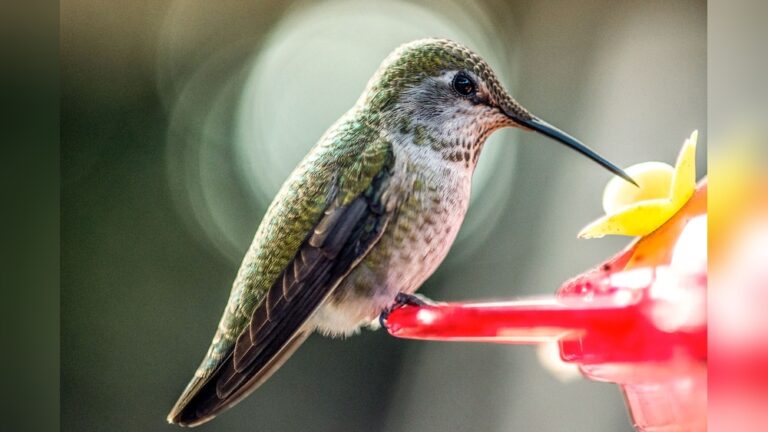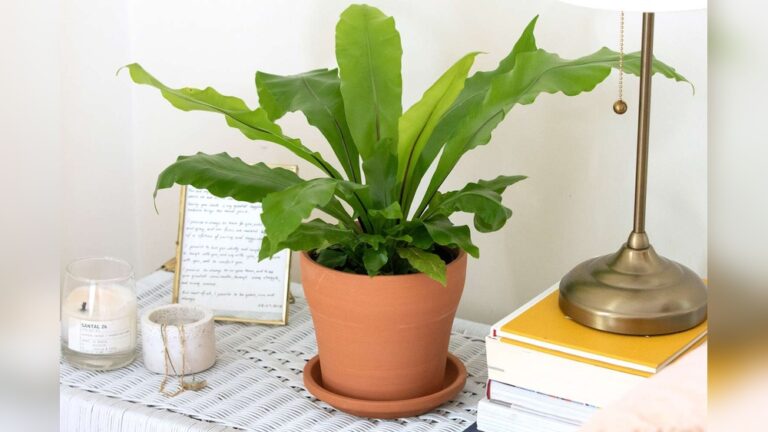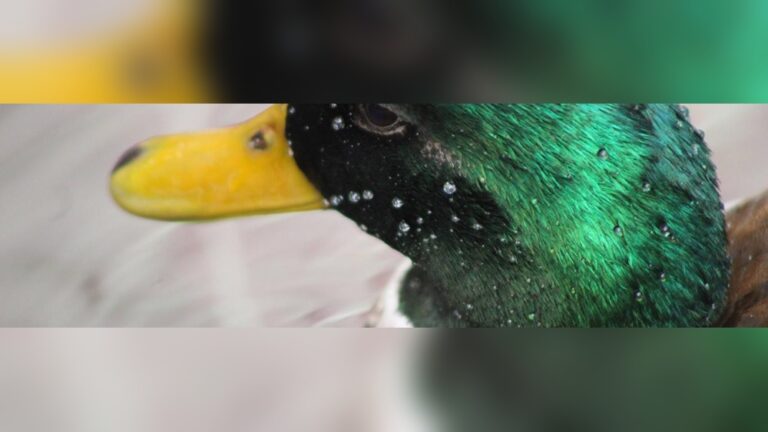Birding On The Big Island
Imagine standing in a place where the air is filled with the songs of rare and colorful birds. Birding on the Big Island offers you a chance to see species found nowhere else on Earth.
Whether you are a beginner or an seasoned birdwatcher, this island has something special for you. Ready to discover hidden trails, secret spots, and amazing birdlife? Keep reading to unlock the best tips and locations that will make your birding experience unforgettable.
Your next great adventure is just a flight away!
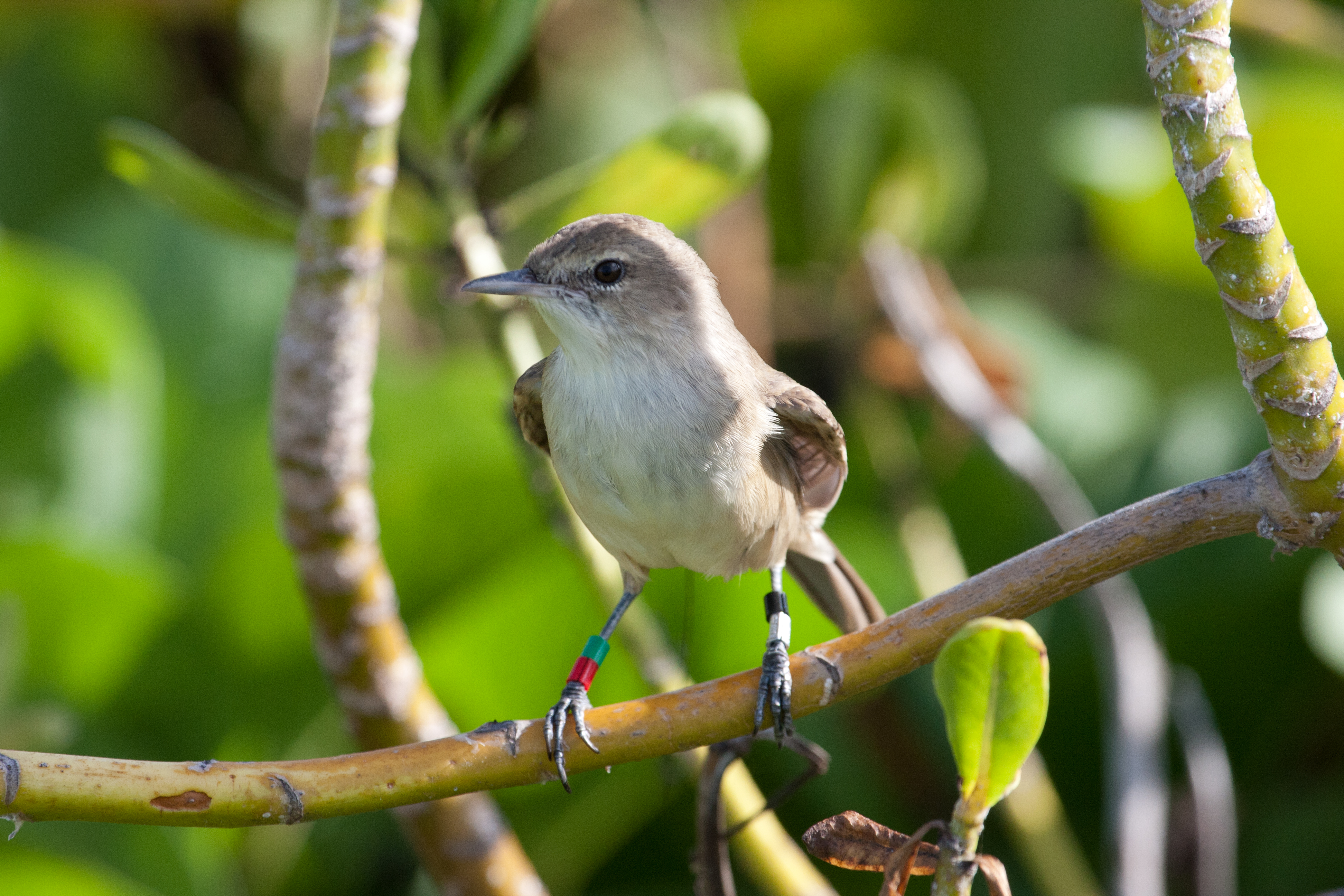
Credit: ilovehawaii.com
Top Bird Species To Spot
Birding on the Big Island offers a unique experience. The island hosts many special bird species. Some birds live only here. Others visit during migration seasons. Spotting these birds brings joy and wonder. Let’s explore the top bird species to watch for on the Big Island.
Native Birds Unique To The Island
The Big Island is home to native birds found nowhere else. The ‘Apapane is a bright red honeycreeper common in forests. The ‘I’iwi has a striking red body with black wings. The Oma’o, a type of thrush, sings beautiful songs in the trees. These birds live deep in the island’s forests. Their colors and calls make birding exciting here.
Migratory Visitors
The Big Island welcomes many migratory birds each year. The Pacific Golden-Plover travels thousands of miles to rest here. The Wandering Tattler often appears along rocky shores. Shorebirds like the Bristle-thighed Curlew stop to feed during migration. These visitors add variety to the island’s bird life. Watching them shows nature’s long journeys.
Endangered And Rare Species
Some birds on the Big Island are rare or endangered. The Palila is a small finch found only on Hawaii’s slopes. The Hawaiian Hawk, or ‘Io, is a powerful predator in the forests. These birds face threats from habitat loss and invasive species. Spotting them is special and rare. Protecting these birds is important for the island’s future.
Best Birding Locations
The Big Island is a treasure for bird watchers. It offers many spots where rare and native birds thrive. Each location has unique birds and beautiful views. Exploring these areas brings a closer look at Hawaii’s rich bird life.
Volcano National Park
Volcano National Park is home to some rare birds. The Nene, Hawaii’s state bird, can often be seen here. The park’s lava fields and forests create a special habitat. Birders enjoy spotting native species among volcanic landscapes. Trails and lookout points make bird watching easy and fun.
Mauna Kea Forest Reserve
Mauna Kea Forest Reserve offers cool, high-altitude forest habitats. It shelters many native Hawaiian birds. The ‘Apapane and Oma’o are common species in this area. Quiet walks through the forest increase chances to see these birds. The fresh air and peaceful setting add to the experience.
Coastal Wetlands
Coastal wetlands on the Big Island attract many water birds. These wetlands provide food and shelter for migratory birds. Spot the Hawaiian Stilt and other wading birds here. The calm waters and tall grasses create perfect bird habitats. Binoculars help to view birds from a distance.
Hawaiian Rainforests
Hawaiian rainforests are lush and full of life. They host many unique bird species found nowhere else. The Iiwi with its bright red feathers is a highlight. Rainforest trails lead through dense trees and vibrant plants. Bird sounds fill the air, making walks magical for bird lovers.
Birding Seasons And Timing
Birding on the Big Island offers unique experiences throughout the year. The island’s diverse climate zones affect bird activity and visibility. Knowing the best seasons and timing helps you plan your visit well. Different bird species appear or become more active during specific times. Understanding these patterns increases your chances of spotting rare and native birds.
Peak Migration Periods
Bird migration on the Big Island peaks mainly in spring and fall. Many seabirds and shorebirds travel through the island during these times. March to May brings many species heading north. September to November sees birds moving south. These periods offer excellent opportunities to see a wide range of birds. Early mornings are best for viewing active migrants.
Breeding Seasons
Breeding seasons vary by species but mostly occur from March to August. Native Hawaiian birds are busy nesting and raising young. This season shows more bird activity and singing. Some species, like the Nene goose, are easier to spot near nesting sites. Respect quiet areas and avoid disturbing nests for bird safety.
Weather Impact On Birding
The Big Island’s weather affects bird presence and behavior. Dry seasons often bring more visible birds near water sources. Rainy seasons may hide some species, but others thrive in wet forests. Wind can influence seabird activity along the coast. Checking local weather helps choose the best birding times and locations.
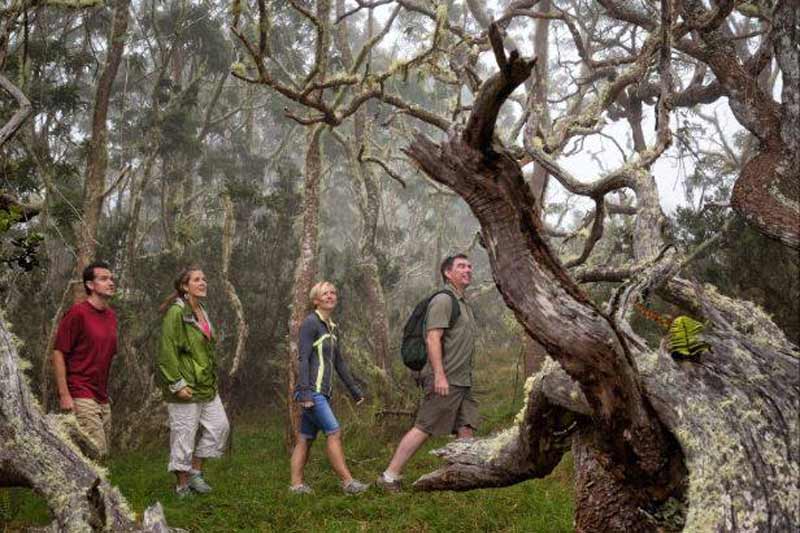
Credit: adventureinhawaii.com
Essential Gear For Birding
Birding on the Big Island is a rewarding experience. To enjoy it fully, having the right gear is important. Good equipment helps you see birds clearly and stay comfortable outdoors. This section covers essential gear for birding trips.
Binoculars And Optics
Binoculars are a must for birding. Choose ones with 8x or 10x magnification. They show birds in detail from a distance. Spotting scopes help for distant birds on cliffs or shorelines. Carry a lens cloth to keep optics clean.
Field Guides And Apps
Field guides help identify birds by their colors and shapes. Bring a printed guide or download a birding app. Apps can play bird calls and record sightings. Both guides and apps make learning about birds easier.
Clothing And Footwear
Wear light, breathable clothing to stay cool. Long sleeves protect from sun and insects. Choose neutral colors to avoid scaring birds. Sturdy shoes or hiking boots are best for rough trails. Don’t forget a hat and sunscreen for sun protection.
Birding Ethics And Conservation
Birding on the Big Island offers a unique chance to see rare and native birds. Protecting these birds and their homes is very important. Ethical birding helps keep the environment safe and the wildlife healthy. It also supports the future of birdwatching for everyone.
Respecting Habitats
Stay on marked trails to protect plants and soil. Avoid stepping on fragile areas where birds live and nest. Do not pick plants or remove natural materials. Keep the habitat clean by taking your trash with you. Healthy habitats mean more birds and better birding experiences.
Minimizing Disturbance
Watch birds quietly and from a distance. Use binoculars or a camera with zoom to avoid getting too close. Avoid loud noises or sudden movements that can scare birds. Do not feed birds or disturb their natural behavior. Calm and careful watching helps birds feel safe.
Supporting Local Conservation Efforts
Join local birding groups or conservation projects. Volunteer for habitat restoration or bird counts. Donate to organizations that protect Big Island wildlife. Learn about local birds and share knowledge with others. Your support helps keep birding areas healthy and alive.
Birding Tours And Guides
Birding tours and guides offer a great way to explore the Big Island’s rich birdlife. These tours help visitors spot rare and native birds in their natural habitats. Local guides share their knowledge and make the experience more enjoyable. They know the best places and times for bird watching. Joining a guided tour can turn a simple walk into an unforgettable adventure.
Choosing A Local Guide
Pick a guide who knows the island well. Local guides understand the behavior of native birds. They can point out hidden species and explain their habits. Choose someone with good reviews and clear communication skills. A guide who speaks simple English helps non-native speakers enjoy the tour. Ask about their experience and certifications before booking.
Popular Tour Options
Several tours focus on different bird habitats. Some explore coastal areas to see seabirds and shorebirds. Others go to forests or mountain regions for rare native birds. Half-day and full-day tours are available. Night tours offer a chance to see nocturnal species. Some tours combine birding with hiking or cultural visits.
Benefits Of Guided Trips
Guided trips increase your chances of seeing more birds. Guides use spotting scopes and binoculars for better views. They help identify birds quickly and accurately. Tours teach about bird behavior and conservation. Group tours create a social experience for bird lovers. Safety is better with a guide in unfamiliar areas.

Credit: birdingthebrookeandbeyond.com
How Smart Pets Lover Can Help You with Birding On The Big Island
Learning Through Birding On The Big Island
Exploring birding on the Big Island offers more than just spotting colorful feathers—it’s a wonderful opportunity to deepen your understanding of local ecosystems and conservation efforts. As you venture to the best birding locations, like Hawai‘i Volcanoes National Park or the Hakalau Forest, take note of how different bird species adapt to various habitats and seasons. This practical observation ties closely with the birding seasons and timing you’ve learned about, helping you anticipate when and where certain species thrive.
Bringing along essential gear, such as a quality pair of binoculars and a field guide, can enhance your learning experience by allowing you to identify subtle differences between species. As a community passionate about animals, we at Smart Pets Lover encourage responsible birding ethics—respecting wildlife and habitats ensures these natural classrooms remain vibrant for future explorers.
If you want to connect with local birding groups or seek expert advice while on the island, consider reaching out to the Hawai‘i Audubon Society at [email protected]. They’re a fantastic resource for anyone eager to expand their practical knowledge in this beautiful birding paradise.
Frequently Asked Questions
What Are The Best Spots For Birding On The Big Island?
The best birding spots include Hawaii Volcanoes National Park, Pololu Valley, and Hilo Forest Reserve. These areas have diverse native and migratory bird species. Early mornings offer the best birdwatching opportunities.
Which Rare Birds Can I See On The Big Island?
You can spot rare species like the Nene goose, Hawaiian honeycreepers, and the ‘I’iwi. These birds are endemic to Hawaii and found mainly in protected forest areas. Using binoculars improves your chances of sightings.
When Is The Ideal Time For Birding On The Big Island?
The ideal time is early morning during the dry season from April to October. Birds are more active and visible at dawn. Avoid rainy afternoons as bird activity tends to decrease.
Do I Need A Permit For Birding In Protected Areas?
Some protected areas require permits or guided tours for birding. Check with local park authorities before visiting. Permits help conserve habitats and ensure responsible birdwatching.
Conclusion
Birding on the Big Island offers a special chance to see unique birds. The island’s diverse habitats make every trip exciting. You can enjoy quiet forests, coastal areas, and mountain views. Each visit brings new sights and sounds. Take time to listen and watch closely.
Birding here helps you connect with nature deeply. Plan your trip soon and explore the Big Island’s birdlife. It’s an adventure worth experiencing for all nature lovers.

